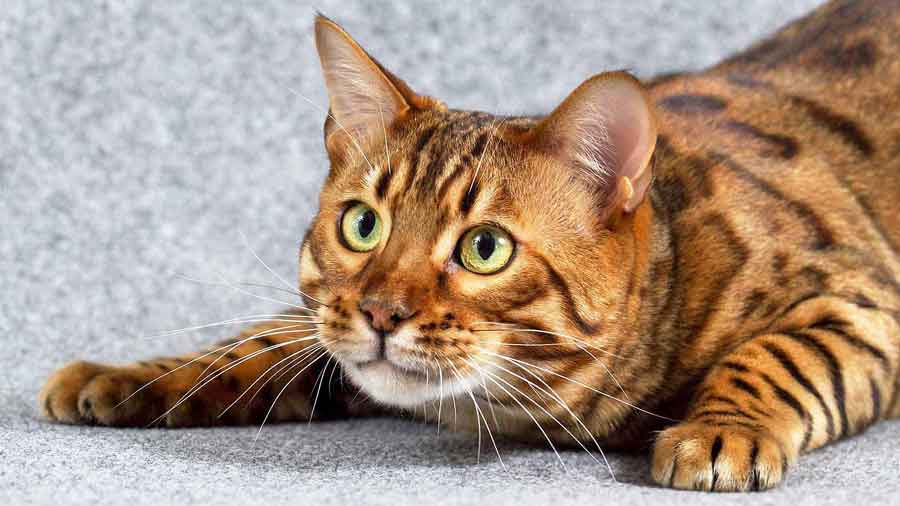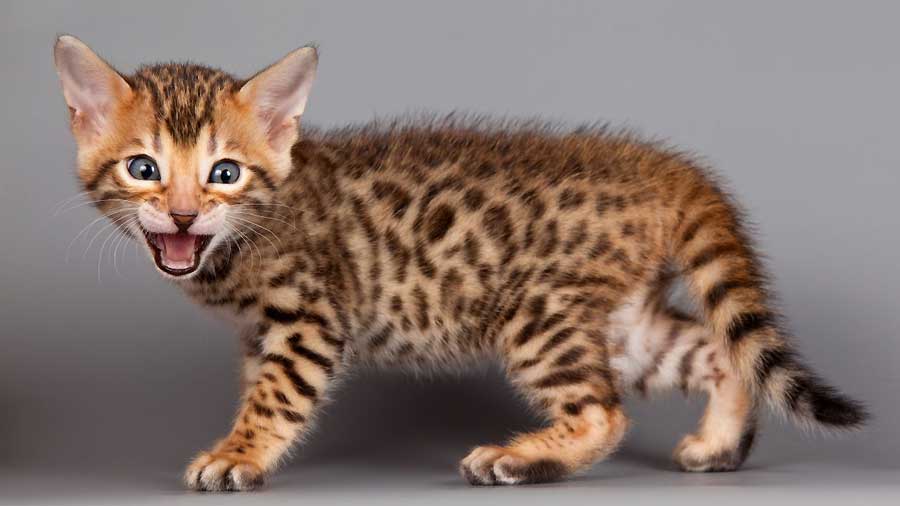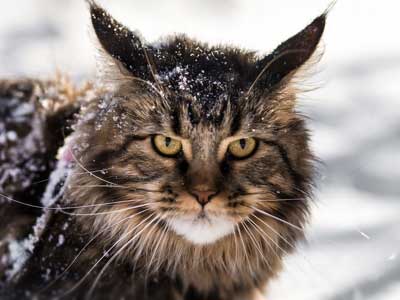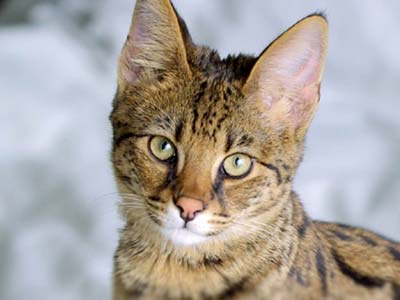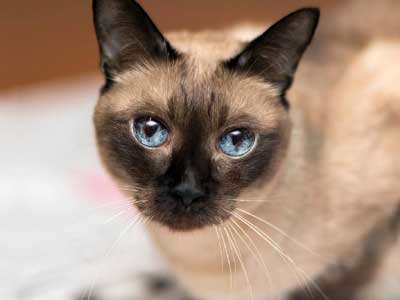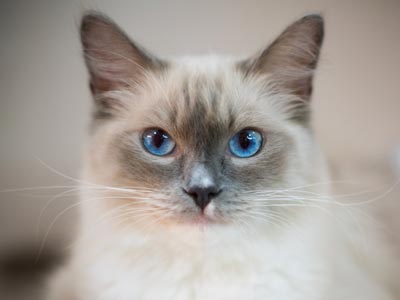Bengal
Breed Information |
|
|---|---|
| Popularity |
2018: #15 2017: #18 |
| Name | Bengal |
| Other names | None |
| Origin |  United States United States |
| Size | Medium to Large |
| Coat | Medium Hair |
| Lap Cat | No |
| Life span | 12-16 years |
| Temperament |
Active Agile Lively Affectionate Energetic Rambunctious |
| Weight |
Male: 10 - 18 pounds Female: 8 - 12 pounds |
| Colors |
Black Brown Cream Ruddy |
| Kitten Prices |
Average $1800 - $3000 USD Bengal cats are expensive because they are rarer than most domesticated cat breeds. For a pet Bengal kitten, the current average price is $4,000 – $10,000 (USD) when buying from a good breeder. Prices will vary according to the breeder and the quality, age, and show record, if any, of the cat that you're considering. |
Breed Characteristics |
|
|---|---|
| Adaptability |
5 stars |
| Affection Level |
5 stars |
| Child Friendly |
4 stars Good With Others: It is usually good with adults and older children (11+) and can be affectionate towards them. |
| Dog Friendly |
5 stars |
| Energy Level |
5 stars |
| Grooming |
1 stars Low Maintenance: Occasional grooming is advised to keep its coat in good shape. Though we see cats regularly lick their coats to clean themselves, some regular grooming can be good; it removes hair, prevents matting, and stimulates circulation. Frequency should be every few weeks. |
| Health Issues |
3 stars Hypoallergenic: YesHealth Problems: Unfortunately, it is known to have a myriad count of illnesses and conditions. Owners with these cat breeds should prepare for some long-term medical costs or hedge their risks with pet insurance. |
| Intelligence |
5 stars |
| Shedding |
3 stars Moderate Shedding: Expect this cat to shed moderately. By providing it proper nutrition, regular grooming, and keeping the shedding contained to a small area, like a pet bed, will minimize shedding and make it more manageable. |
| Social Needs |
5 stars |
| Stranger Friendly |
3 stars |
| Vocalization |
1 stars Low Vocalization: It is known to be quiet. Therefore, owners shouldn't be concerned of excessive and undesirable crying or meowing, especially at night. |
Kitten Names |
||
|---|---|---|
| Rank | Male | Female |
| 01 | Chloe | Ariel |
| 02 | Tigger | Pepsi |
| 03 | Diesel | Boo |
| 04 | Loki | Jenny |
| 05 | Aaron | Lexi |
| 06 | Coco | Azalea |
| 07 | Simba | Sasha |
| 08 | Lucky | Lily |
| 09 | Argyle | Chloe |
| 10 | Alex | Luna |
| 100 Cute Kitten Names › | ||
Overview |
|---|
|
The Bengal is a relatively new companion breed. It was created by crossing a domestic cat with a wild Asian Leopard Cat, with the goal being to transfer the wild cat’s exotic markings to a new, tame domestic breed. Today’s Bengals are long, sleek and muscular cats of medium size. They come in a number of different coat colors and patterns. All Bengals have spots, marbling and/or swirls, and many look remarkably like a tiny wild leopard. Bengal kittens are usually born with a fairly coarse, camouflage-patterned coat, which gradually changes to the adult color and characteristics. It can take up to one year for the mature leopard pattern to develop. It is preferred that Bengals have large spots arranged randomly in a horizontal flow, eventually developing into beautiful, peacock-like rosettes. These beautiful, exotic and playful animals should have the disposition of a loving house cat, with the coloring and markings of a wild leopard. A sound temperament, without overt aggression, is essential in the domestic Bengal breed, given the closeness of its truly wild ancestors. Bengals are naturally inquisitive. They love to cuddle. Bengals are typically extremely affectionate and devoted to all members of their home. They can be wonderful pets, especially if children, other cats and dogs are already established in the household when the Bengal is introduced. The Bengal has a wide range of vocal sounds and frequently communicates through unusual but pleasing chirps, trills and cooing. |
Children & Other Pets |
|
The active and social Bengal is a perfect choice for families with children and cat-friendly dogs. He will play fetch as well as any retriever, learns tricks easily and loves the attention he receives from children who treat him politely and with respect. He’s smart enough to get out of the way of toddlers but loves school-age children because they are a match for his energy level and curiosity. Nothing scares him, certainly not dogs, and he will happily make friends with them if they don’t give him any trouble. Always introduce any pets, even other cats, slowly and in a controlled setting. Like many active cats, bengals have a high prey drive and should not be trusted with smaller prey animals such as: hamsters, smaller rabbits and guinea pigs. |
References
- [1] ^ YouTube: Savannah Cat vs. Bengal Cat - Understanding The Differences
- [2] ^ YouTube: Bengal Cat – Characteristics and Character
